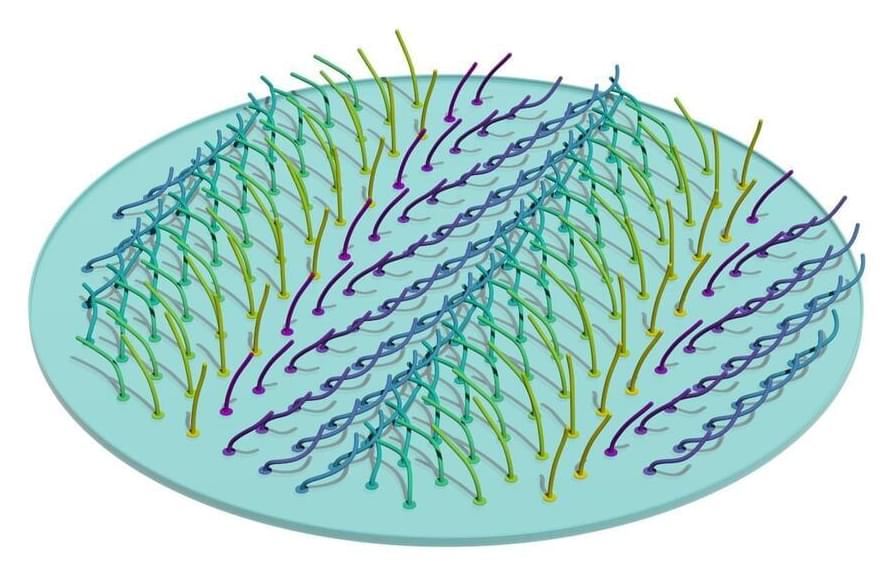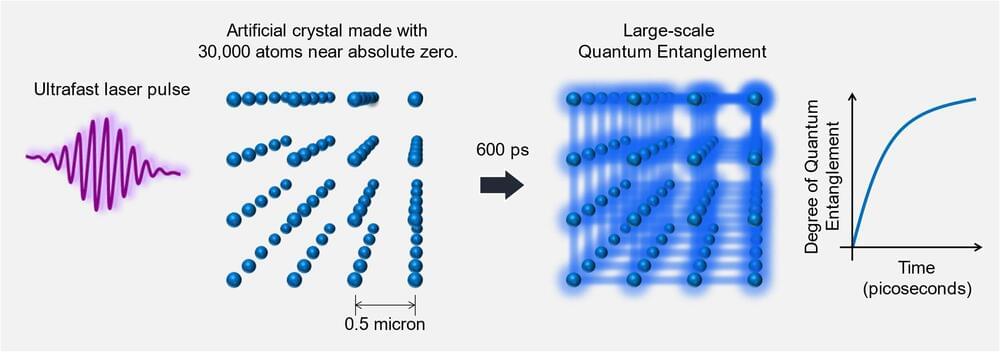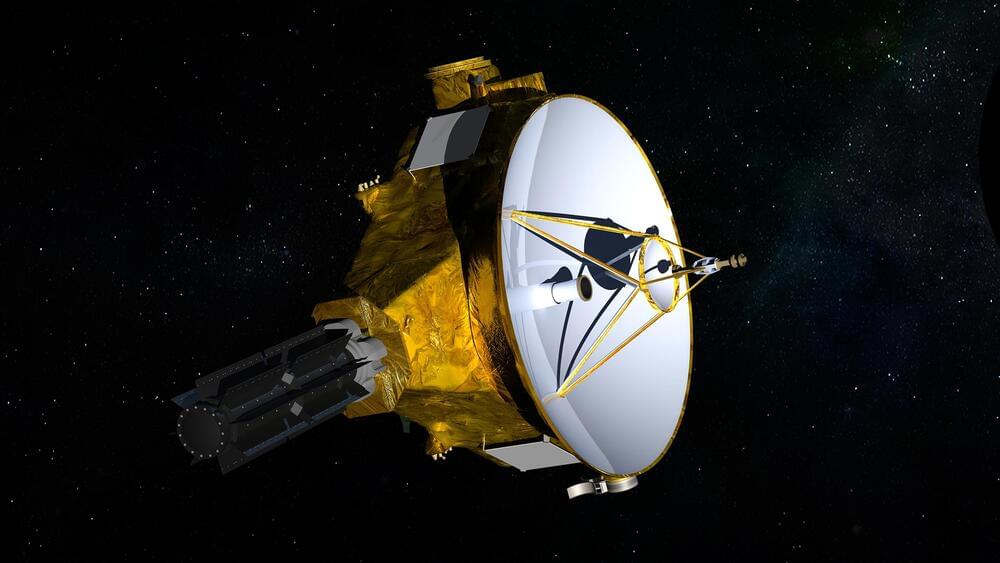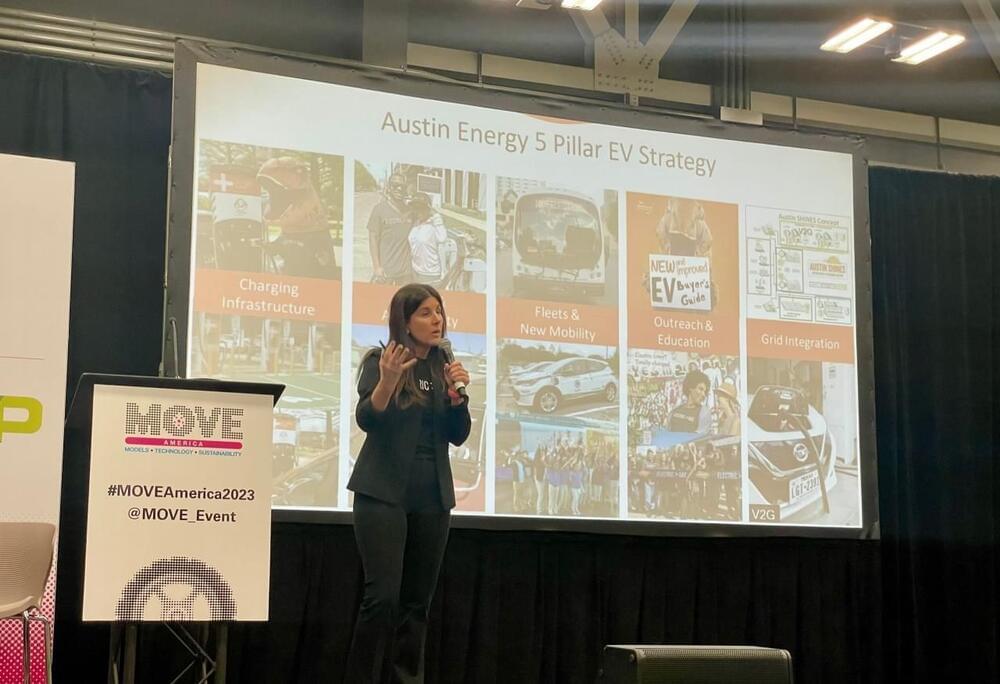An international research team has taken a decisive step toward a new generation of atomic clocks. At the European XFEL X-ray laser, the researchers have created a much more precise pulse generator based on the element scandium, which enables an accuracy of one second in 300 billion years—that is about a thousand times more precise than the current standard atomic clock based on cesium. The team presents its success in the journal Nature.
Atomic clocks are currently the world’s most accurate timekeepers. These clocks have used electrons in the atomic shell of chemical elements, such as cesium, as a pulse generator in order to define the time. These electrons can be raised to a higher energy level with microwaves of a known frequency. In the process, they absorb the microwave radiation.
An atomic clock shines microwaves at cesium atoms and regulates the frequency of the radiation such that the absorption of the microwaves is maximized; experts call this a resonance. The quartz oscillator that generates the microwaves can be kept so stable with the help of resonance that cesium clocks will be accurate to within one second within 300 million years.









